Hi everyone,
I’m currently working on a project . Here’s the core of my setup:
backend = pcvl.Simulator(pcvl.NaiveBackend())
input_states = {
pcvl.BasicState([1, 0, 1, 0, 1, 0, 1, 0, 1, 0]): “|00000>”
}
output_states = {
pcvl.BasicState([1, 0, 1, 0, 1, 0, 1, 0, 1, 0]): “|00000>”,
pcvl.BasicState([1, 0, 1, 0, 1, 0, 1, 0, 0, 1]): “|00001>”,
pcvl.BasicState([1, 0, 1, 0, 1, 0, 0, 1, 1, 0]): “|00010>”,
# … (other states)
pcvl.BasicState([0, 1, 0, 1, 0, 1, 0, 1, 0, 1]): “|11110>”
}
Hamiltonian_elem = np.diag([1 if ‘{:05b}’.format(i)[-1] == ‘0’ else -1 for i in range(32)])
for j, value in enumerate(initial_point_2):
param_circuit[j + 5].set_value(value)
backend.set_circuit(VQE)
psi = []
for input_state in input_states:
for output_state in output_states:
psi.append(backend.prob_amplitude(input_state, output_state))
I am trying to figure out how to introduce noise into the backend. The is to get a noise-affected density matrix , I calcualte through the calculation of probability amplitudes. I would greatly appreciate any guidance or resources you could provide on implementing noise processes in a simulator .
Thank you very much for any help.
Andres
